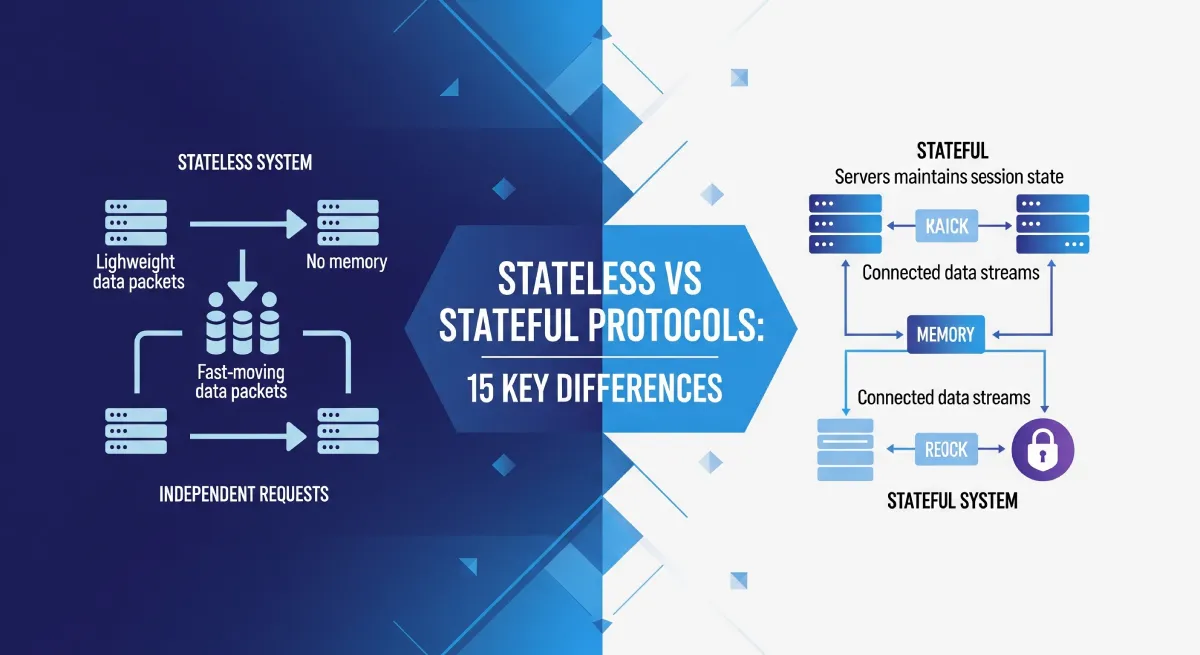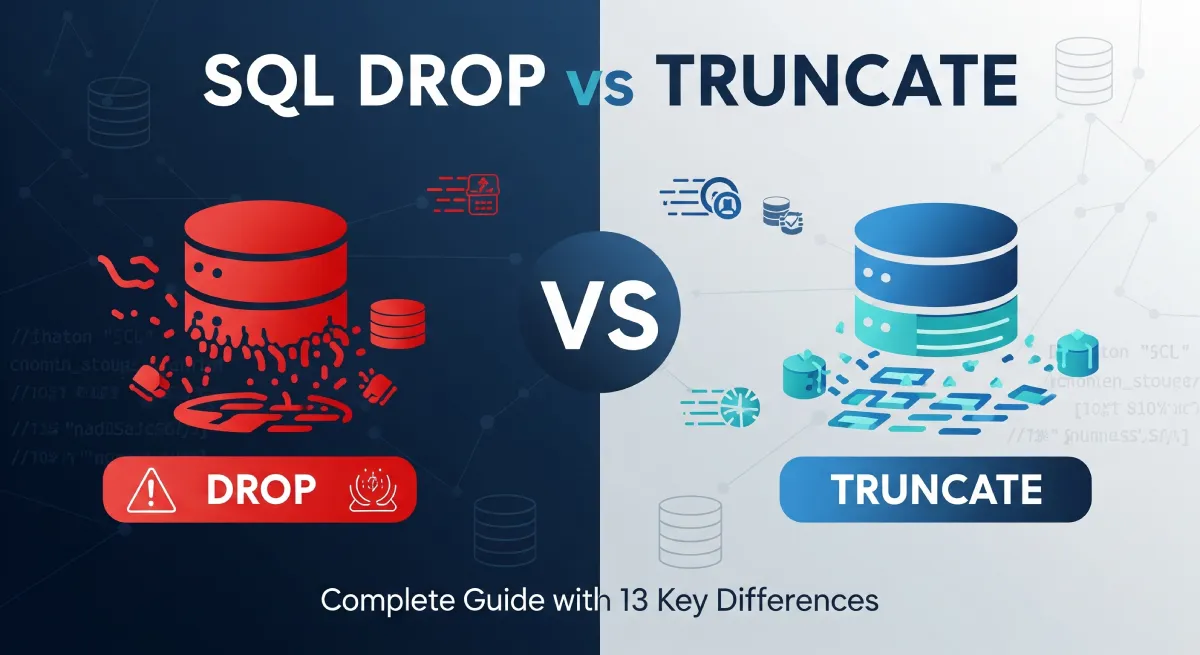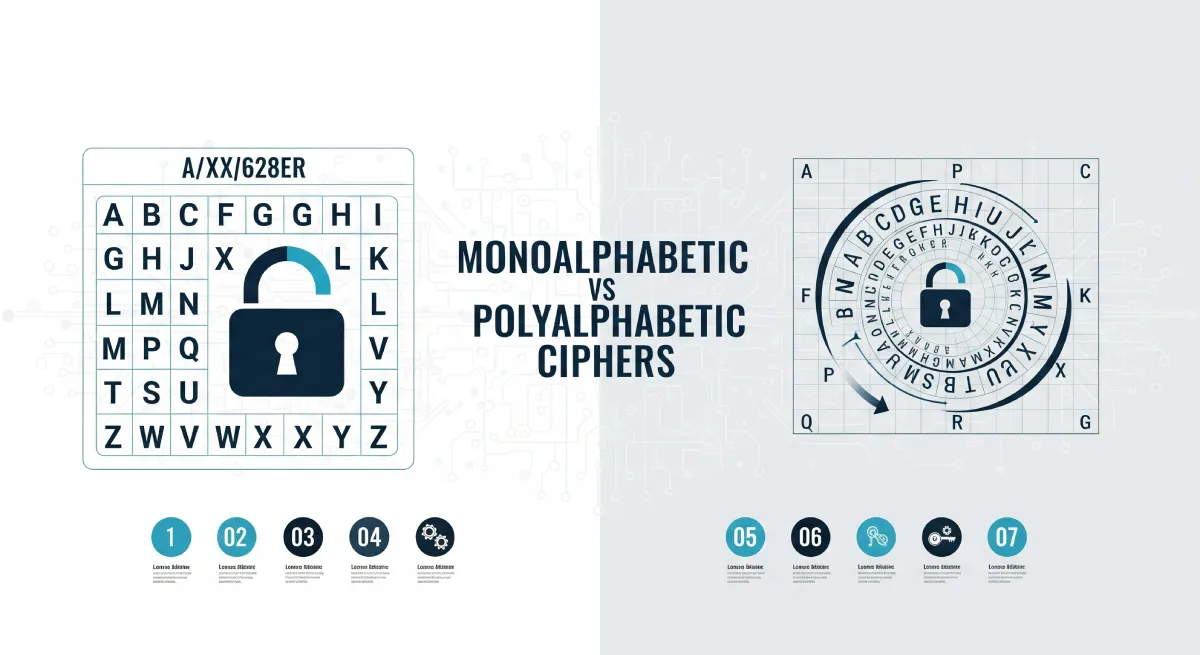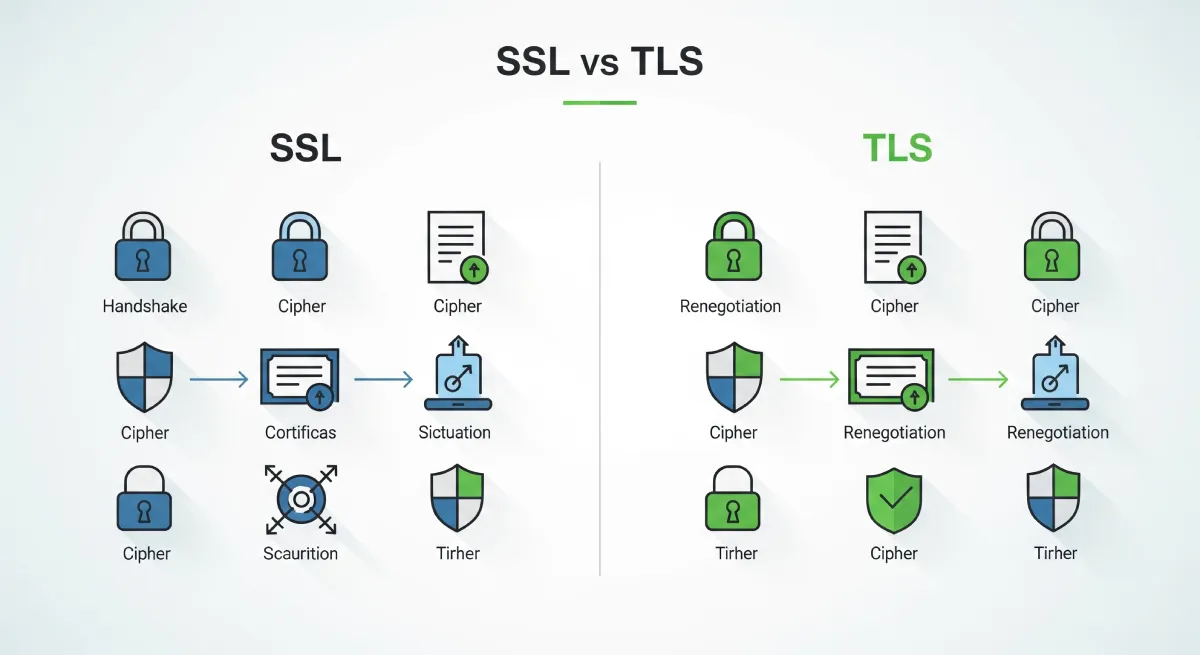Big O, Big Theta, and Big Omega notations are essential in algorithm analysis. Each notation plays a unique role in measuring performance and efficiency. Understanding the differences between Big O, Big Theta, and Big Omega notations helps developers optimize code and ensure scalability. Let’s dive into their distinct characteristics and how they impact algorithm design.
Big O Notation
Big O notation describes the upper bound of an algorithm’s time complexity in terms of the number of operations it performs relative to the input size. It provides a worst-case scenario analysis of an algorithm’s efficiency.
Example:
for (int i = 0; i < n; i++) {
// O(n) time complexity
}
Advantages of Big O Notation:
- Provides a standardized way to compare algorithms.
- Focuses on the worst-case scenario, which is crucial for performance analysis.
Disadvantages of Big O Notation:
- It may not provide a precise analysis of the average or best-case performance.
Big Theta Notation
Big Theta notation defines the tight bound of an algorithm’s time complexity. It represents both the upper and lower bounds of an algorithm’s efficiency.
Example:
for (int i = 0; i < n; i++) {
// Θ(n) time complexity
}
Advantages of Big Theta Notation:
- Offers a precise analysis of an algorithm’s performance.
- Defines a clear range within which the algorithm operates efficiently.
Disadvantages of Big Theta Notation:
- Not commonly used in practice due to the focus on the tight bounds.
Big Omega Notation
Big Omega notation represents the lower bound of an algorithm’s time complexity. It indicates the best-case scenario for the algorithm’s efficiency.
Example:
for (int i = 0; i < n; i++) {
// Ω(1) time complexity
}
Advantages of Big Omega Notation:
- Highlights the best-case performance of an algorithm.
- Complements the Big O notation for a comprehensive analysis.
Disadvantages of Big Omega Notation:
- May not be as informative as Big O notation for overall performance analysis.
Technical Characteristics
- Big O: Upper bound, worst-case scenario.
- Big Theta: Tight bound, upper and lower bounds.
- Big Omega: Lower bound, best-case scenario.
Use Cases and Applications
- Big O: Used to analyze algorithms in terms of their worst-case performance and scalability.
- Big Theta: Provides a precise range of an algorithm’s efficiency, suitable for analyzing real-world performance.
- Big Omega: Helps identify the best-case performance of algorithms, useful for optimizing critical operations.
Key Differences
Big O vs Big Theta vs Big Omega Notation
| Big O Notation | Big Theta Notation | Big Omega Notation |
|---|---|---|
| Represents the upper bound of an algorithm’s time complexity. | Represents both the upper and lower bounds of an algorithm’s time complexity. | Represents the lower bound of an algorithm’s time complexity. |
| Used to analyze the worst-case scenario of an algorithm. | Specifies both the best-case and worst-case scenarios of an algorithm. | Focuses on the best-case scenario of an algorithm. |
| Notation is used to describe the upper limit of the growth rate of a function. | Describes the tight bound between the upper and lower growth rates of a function. | Defines the lower limit of growth rate of a function. |
| Commonly used in algorithm analysis to simplify the time complexity analysis. | Provides a precise estimate of the algorithm’s complexity compared to Big O. | Indicates the lower limit of the algorithm’s complexity. |
| Defined as an asymptotic upper bound of a function. | Specifies a tight bound on the growth rate of a function. | Establishes a lower bound on the growth rate of a function. |
| Notation is often used when only the worst-case time complexity is needed. | More precise and useful in situations where both upper and lower bounds are required. | Helpful when focusing on proving the best-case time complexity of an algorithm. |
| Can be seen as a pessimistic view of an algorithm’s performance. | Provides a balanced view of an algorithm’s performance, considering best and worst cases. | Offers an optimistic view of an algorithm’s performance. |
| Indicates the maximum time an algorithm will take to complete. | Offers a range within which an algorithm will execute. | Specifies the minimum time an algorithm will take to complete. |
| Focuses on the upper limit of the growth rate of a function as the input size approaches infinity. | Identifies the precise growth rate of a function by providing both upper and lower bounds. | Highlights the lower limit of the growth rate of a function as the input size approaches infinity. |
| Notation is less strict and more generalized than Big Theta. | Defines a specific and precise bound on the function’s growth rate. | Less commonly used in algorithm analysis compared to Big O and Big Theta. |

Practical Implementation
Big O, Big Theta, and Big Omega notations are used to analyze the efficiency of algorithms in terms of their worst-case, average-case, or best-case performance.
Working code snippets
// Example of O(1) constant time complexity
void printFirstElement(int[] arr) {
if (arr.length > 0) {
System.out.println(arr[0]);
}
}
// Example of O(n) linear time complexity
void printAllElements(int[] arr) {
for (int num : arr) {
System.out.println(num);
}
}
Step-by-step implementation guide
- Identify the key operations in your algorithm.
- Count the number of times these operations are executed based on the input size.
- Express the complexity using Big O, Big Theta, or Big Omega notation.
Best practices and optimization tips
- Avoid nested loops whenever possible to reduce time complexity.
- Use appropriate data structures to optimize algorithm performance.
Common pitfalls and solutions
- Underestimating the impact of inefficient algorithms on large datasets.
- Solution: Optimize algorithms based on their complexity analysis.
Frequently Asked Questions
What are Big O, Big Theta, and Big Omega notations?
Big O, Big Theta, and Big Omega are mathematical notations used in computer science to describe the asymptotic behavior of functions. Big O notation represents the upper bound of an algorithm’s time complexity, Big Theta represents both upper and lower bounds, and Big Omega represents the lower bound.
How do Big O, Big Theta, and Big Omega differ from each other?
Big O provides an upper bound on the growth rate of a function, Big Theta provides both upper and lower bounds, and Big Omega provides a lower bound. Big Theta is stricter than Big O because it represents the exact growth rate of a function.
When should you use Big O, Big Theta, or Big Omega notation?
Use Big O when you want to analyze the worst-case time complexity of an algorithm, Big Theta when you want to analyze both the best and worst-case scenarios, and Big Omega when you want to analyze the best-case time complexity.
How do you calculate Big O, Big Theta, and Big Omega?
To calculate Big O, find the tightest upper bound on the growth rate of a function. For Big Theta, find both the upper and lower bounds that match the growth rate. For Big Omega, find the tightest lower bound on the growth rate.
Can an algorithm have different Big O, Big Theta, and Big Omega complexities?
Yes, an algorithm can have different complexities for Big O, Big Theta, and Big Omega. For example, an algorithm may have a worst-case time complexity of O(n^2), a best-case complexity of Θ(n), and an average-case complexity of Ω(log n).
Conclusion
In conclusion, understanding the distinctions between Big O, Big Theta, and Big Omega notations is crucial for analyzing the performance and complexity of algorithms effectively. Big O represents the upper bound on the growth rate, Big Theta denotes tight bounds on growth rates, and Big Omega signifies the lower bound on growth rates.
Key differences lie in how each notation defines the behavior of functions in relation to algorithm efficiency. Big O provides an upper limit, Big Theta establishes a tight range, and Big Omega sets a lower limit. When choosing which notation to apply, consider the specific requirements of your analysis. If you need to focus on worst-case scenarios, Big O is most suitable. For scenarios where the average case is critical, Big Theta may be more appropriate. When emphasizing best-case scenarios or lower bounds, Big Omega should be utilized.
Recommendations for effectively utilizing these notations include understanding the context of your algorithm analysis, selecting the notation that aligns with your specific performance considerations, and applying the notation consistently throughout your analysis for clarity and precision.
When making decisions on which notation to use, consider factors such as the desired level of granularity in complexity analysis, the emphasis on specific performance aspects, and the need for clear and concise communication of algorithmic efficiency. By carefully evaluating these criteria, you can choose the most appropriate notation to accurately convey the complexity and performance characteristics of your algorithms.



